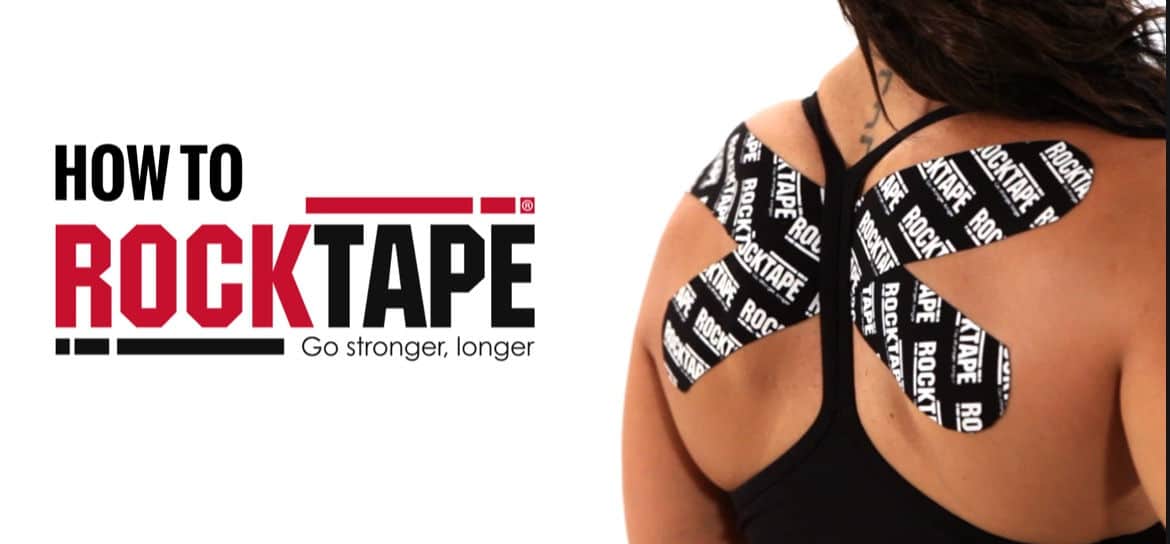
Kinesiology taping or fascial movement taping started gaining popularity around 2004 when professional athletes were seen wearing it. In the recent summer Olympics many different athletes, including the beach volleyball players, were seen with various different coloured pieces of tape, in all different patterns, on their body. Fascial movement taping is a type of taping used for many different reasons in the rehabilitation setting. It can help reduce acute pain as well as reduce acute or chronic swelling or edema. It can also help to improve posture, nerve mobility and performance. In summary it can help you move better! Kinesiology taping is different than traditional sports taping in that the actual tape stretches and promotes full range of motion. It is generally more comfortable, acts like a second skin and can be left on for up to five days (you can even shower with it on!).
So how does fascial movement taping work? To start we must start with what fascia is. Fascia is a type of dense connective tissue that is under our skin and covers every muscle, bone, nerve, artery, vein and internal organ. Fascia not only surrounds the muscles but also weaves between them. One of the most interesting things about fascia is that it is continuous throughout the body; in other words, it does not just cover one muscle than stop, instead it connects the entire body. Fascial movement taping helps to lift the skin away from the fascia and promotes improved mobility. With the lifting effect there is decreased swelling but also increased vascular supply which helps to promote injury recovery and decrease inflammation. Pain is often associated with swelling and inflammation, so when that is reduced the pain is as well. Fascial movement taping also helps to reduce pain by providing a different input into the brain; in other words, the brain receives information from your skin about the tape on it rather then the pain from your injury as you move. Due to decreased pain with the tape on, movement quality is often improved or normalized.
In itself, fascial movement taping is not treatment but can be a great addition to a physiotherapy session. The tape can provide input to your body to improve your posture, decrease your pain, swelling and/or inflammation and most importantly help you move better and feel better! Please feel free to contact a physiotherapist at Deep if you have more questions regarding taping.

